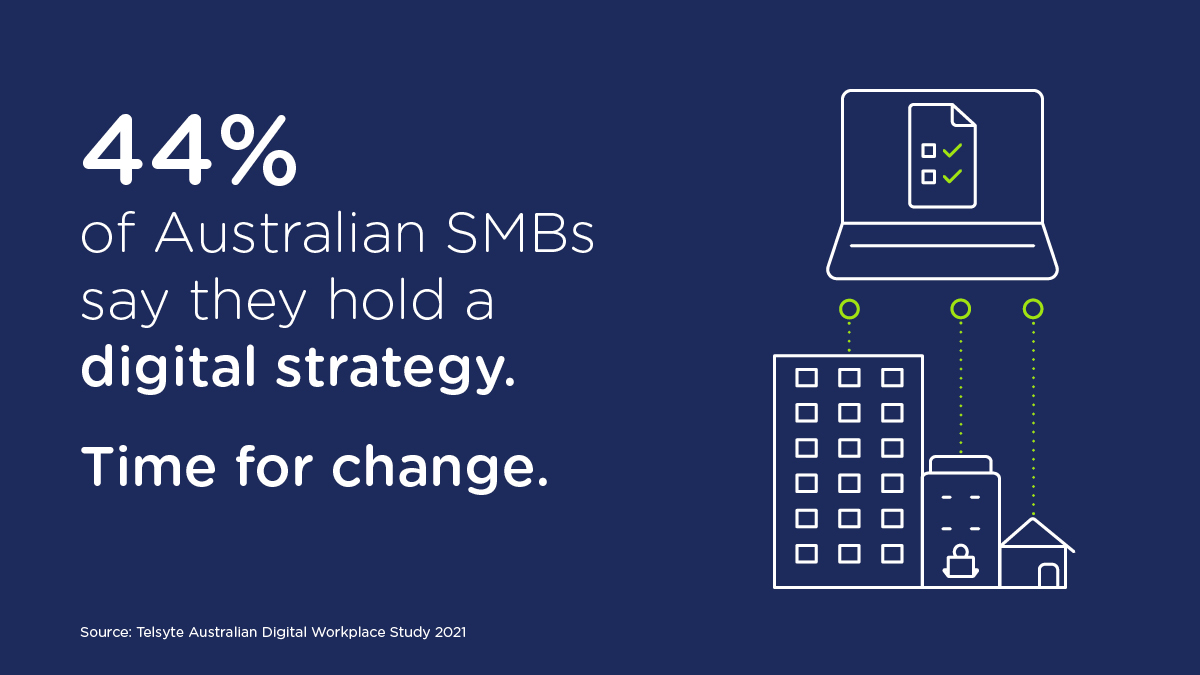Alexi Boyd is CEO of the Council of Small Business Organisations Australia (COSBOA), Australia’s peak advocacy group for the interests of small businesses
Now is a good time for small businesses to re-examine their digital transformation journey.
The pandemic has been a double-edged sword for Australian small businesses. On the one hand, digitisation has provided a way to reach new markets and to experiment with productivity-enhancing technologies such as video conferencing and collaboration apps like Teams and Slack. They have improved efficiencies making it easier to engage with larger businesses’ supply chains. Those that were able to move quickly and become digitally-led found new opportunities to grow.
But the pandemic also added stress that has pushed many small businesses to the brink. Worker shortages, increases to the cost of doing business and supply chain issues all contributed to that stress, as have managing the constantly changing regulations. Meanwhile they’ve had to get on with the job of generating revenue and keeping staff engaged. It’s no wonder ‘overwhelmed’ is a word I hear often talking to small business owners.
Luckily small businesses know how to adapt and move quickly. So while no one really knows what the ‘new normal’ looks like, there are still some actions that small business leaders can take today.
Leveraging the technology you’ve invested in during the pandemic and the knowledge you’ve gained during this tough period is a good place to start.

3 steps for successful transformation
Evaluate your options
Time-strapped small businesses adapted quickly during the pandemic. However, they were often forced to bolt on new tech solutions to solve immediate problems, such as implementing digital payment systems to switch to online sales in short timeframes. This was often done without a long-term vision for those investments. According to nbn-commissioned research from analyst firm Telsyte, fewer than half (44%) of all small to medium businesses (SMBs) had a digital strategy at the end of 2020.
For example, Telsyte’s research found that cloud-based systems were now being used by two-thirds (66%) of SMBs. Data storage was the most commonly used cloud service, used by 63% of SMBs, followed by accounting and finance services and communications systems, such as video conferencing. Yet the majority of SMBs said they lacked the skills and knowledge within their businesses to utilise cloud-based systems to their full potential.
This data shows us small businesses need better access to knowledge and strategies to help them tap into more sophisticated cloud applications that can often bring a number of existing data sources and applications together. For example, comparatively few (14%) SMBs use cloud-based business analytics systems and customer service systems (12%). Only 9% use cloud-based business process management tools.
So it’s time to take stock of your IT investments. To help you get started, ask yourself these questions:
- What were you trying to achieve with this IT investment?
- Has it done what you wanted it to do?
If not, look for alternatives. IT investment decisions, whether they’re made for productivity or customer-experience reasons, will always require re-evaluation over time as technology evolves and business priorities change.
Seek expert advice
The small businesses navigating today’s challenges best are those that seek help, especially when it comes to often complicated digital systems.
ICT management consultants are experts who can help you to evaluate the digital state of your business and recommend better integrations, alternative systems and immediate action you can take to get the most out of your systems. Your professional associations can guide you through the many options and make suggestions as to the best tools for your industry. Your trusted advisors can also assist, knowing your business as an expert.
Like big business, small businesses can feel bound to the tech resources they’ve already invested in. However sometimes it might be more effective - and cheaper - to either move to a newer alternative or to drop that type of system altogether.
These can be tough decisions, but technology development does not stand still. Systems need regular evaluation. Good advice can help businesses understand that changing technologies is not necessarily a loss, but rather a change in direction that can better position them for growth.
When looking for advice, find someone who knows your industry well. Small business owners are well aware that requirements can vary widely between industries and individual businesses. Advice needs to suit your own circumstances. For example, do you need specific inventory software that easily integrates with your specific warehouse partners and broader supply chain?
So bite the bullet and seek advice, because no one can be an expert in all areas. Leveraging professional help frees you up to focus on your business, instead of always being ‘in’ your business.
Find your community
Small business owners are always learning from their business community peers, picking up new ideas and solutions to their problems. It’s a resource that shouldn’t be ignored when setting tech strategies.
For example, your business community can help show you what skills you should invest in. What are the types of digital roles people are hiring for in your industry? Are they social media specialists, cyber security experts, IT service managers, or a mix? Each industry will be different, so understanding from within your community what skills are being sourced is a good place to start.
This will also provide some direction for training existing staff. From the Telsyte research, we know that the majority (63%) of SMBs have made investments to digitally upskill their employees. But what type of digital skills are most helpful in your specific industry?
Industry communities are also great for SMBs as a source of inspiration and growth. Along with COSBOA, there are many industry-specific member associations that can point you in the right direction on skills and training. These resources are underutilised, so use them to your advantage.

What are you doing next?
Not all the new digital channels and technology you use today will become long-term features of your business, but it is clear digitisation is a powerful generator of new opportunities.
For most small businesses, taking time to assess the current state of their digital set-up is a crucial first step in planning what comes next.
No one really knows what the new normal will look like this year, but a strong digital foundation is one way small business leaders can stay ready for what lies ahead.
Step toward change
With more effective controls in place and as the world becomes more digital and the number of potential threats increases, all businesses should be more vigilant in their awareness of threats with a focus on education, training in security and risk management. The opportunity is there to help drive change and build awareness for enterprise security right across all organisations - from individual employees and contractors, right through to upper management and directors at the C-suite level.
nbn’s commitment to building Australia’s digital backbone, helps to foster that awareness through information channels. This includes threat information sharing, and involvement with government forums such as the Joint Cyber Security Centres (JCSC), and public security awareness campaigns.

